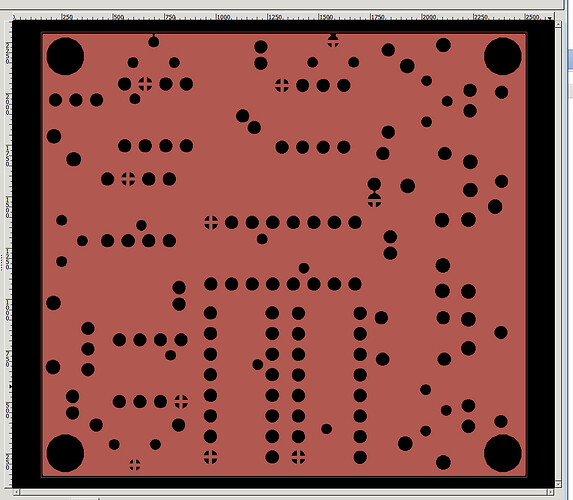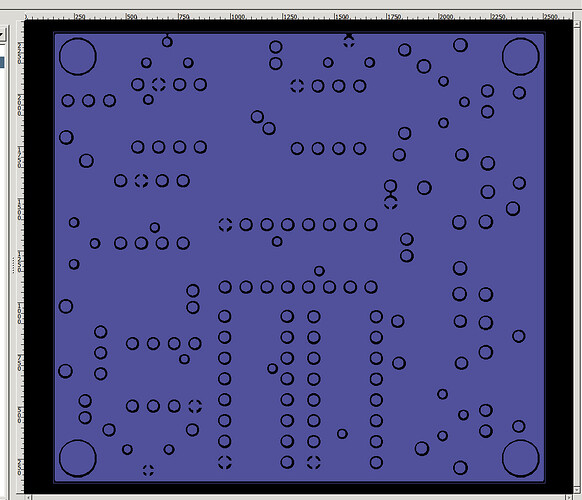Hello
Should pads and vias be included when generating gerber.GL2, gerber.GL3 files of the internal layers?
Im about to send a 4 layer project off o the “Fusion PCB” 4 layer service.
I’m using 2 internal layers as supply layers - I believe the Fusion service requires positive files for the internal layers (not the negative producer by Eagle 5.11).
so I cant use the $Supply layer option in Eagle 5.11 .
Instead I’m using polys and assigning them to the supply net - but here’s my Question…
“should I include pads & vias on the internal layers??”
Two jpgs attached of the two possibilities? anyone traveled this path before and be able to share their knowledge?
Much appreciated.
Regards
Harry
PS
I got this explanation on the element14.com/ forum - re posted here for completeness.
"Ideally you should include non-connected pads on internal layers. It helps during the plating process to have additional copper to plate to down the barrel of the hole. The annular rings don’t have to be as big on the internal layers as there are no tracks leading to them and you won’t be soldering them.
PCB fabricators can cope without (they plate 2-layer boards ok) but can be dependent on the hole diameter:depth ratio."
Thanks again to Alan for the explanation.

